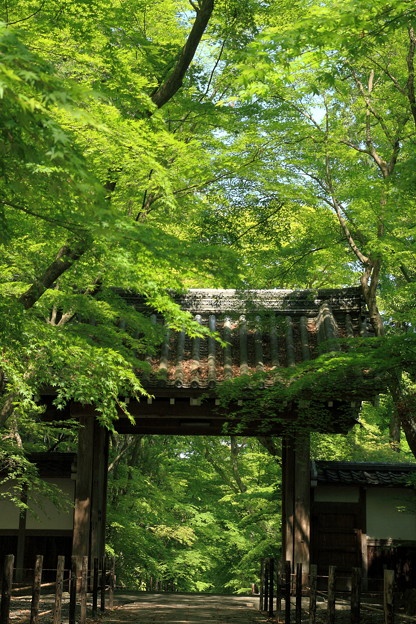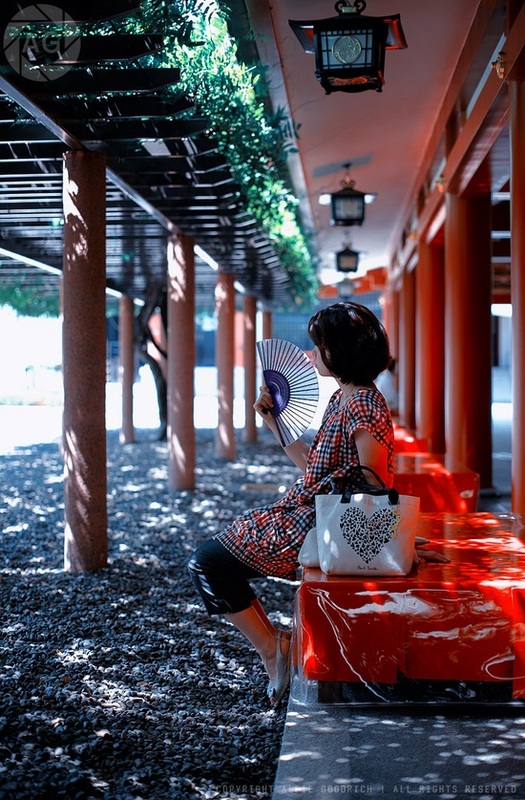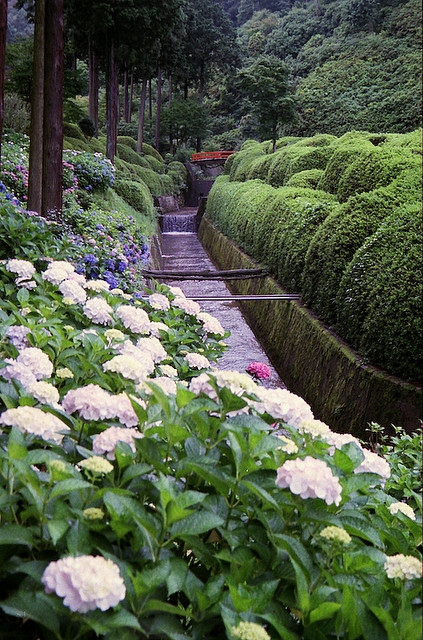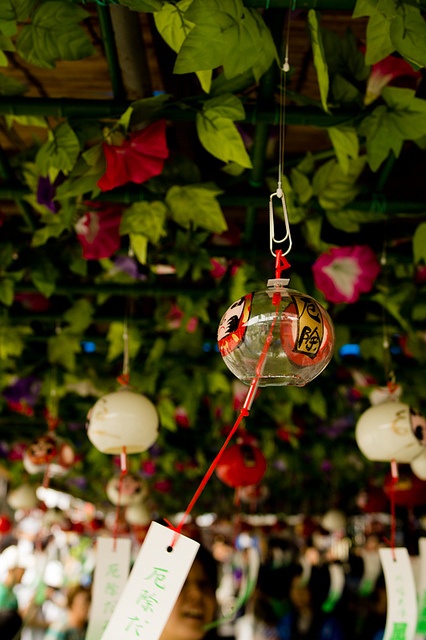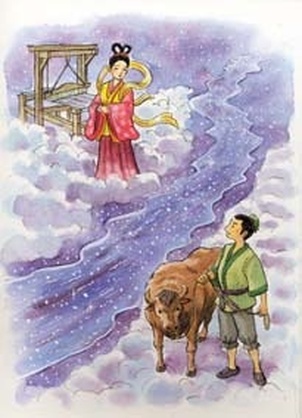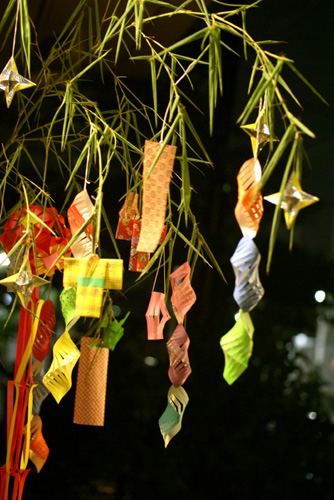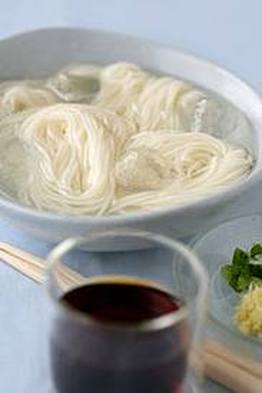**JAPAN'S SUMMER**
Summers in Japan last from June to September and bring a mixture of high temperatures and high relative humidity. Temperatures across the country range from warm to very hot.
in Japan, summer is celebrated with joyous events and activity that brings people together. Each events is incorporated with every aspect of japan's culture and values. The japanese also enjoy specific cuisines and dishes along with the events. So shall we explore those events and dishes shall we..!
********************************************************************************
********************************************************************************
**TANABATA**
The night of July 7 is another gosekku event. The star festivals or Tanabata origin date back to a Chinese legend of two mythological lovers namely Orihime or Vega, a weaving girl and also Kengyu or Altair, a cowherd. They can only meet once a year on July 7 in the Milky Way. So this is why tanabata is celebrated, a celebration of forbidden love. Traditionally, people prayed to the Orihime star for greater excellence in sewing, poetry, and calligraphy skills. The popular custom today is to write wishes on strips of colored paper and tie them to bamboo branches.
**Special dishes during Tanabata**
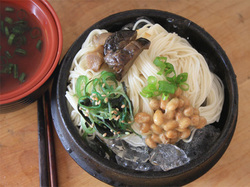
Somen
People usually eat Somen which is a thin noodle like vermicelli. They are much more popular in the summer than in winter. They believe that by eating this they can fend off illness. In the summer, somen chilled with ice is a popular meal to help stay cool.
People usually eat Somen which is a thin noodle like vermicelli. They are much more popular in the summer than in winter. They believe that by eating this they can fend off illness. In the summer, somen chilled with ice is a popular meal to help stay cool.
Components of somen.
- Sauce (Tsuyu): Somen are usually served cold with a light flavored dipping sauce or tsuyu. The tsuyu is usually a katsuobushi-based sauce that can be flavored with Welsh onion, ginger, or myoga.
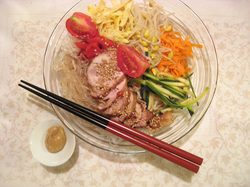
Hiyashi Chuka noodles
Hiyashi chuka is a popular summer noodle dish. It's like a noodle salad. When served in a salad, they are usually tossed with shredded lettuce, green onions, and scrambled eggs, then topped with sesame seeds and a vinegar-based dressing
Hiyashi chuka is a popular summer noodle dish. It's like a noodle salad. When served in a salad, they are usually tossed with shredded lettuce, green onions, and scrambled eggs, then topped with sesame seeds and a vinegar-based dressing
Components of Hiyashi chuka.
Basically, hiyashi chuka is cold noodles served with a lot of topping. The toppings can varies and example of the topping include:
Basically, hiyashi chuka is cold noodles served with a lot of topping. The toppings can varies and example of the topping include:
- strips of tamagoyaki (egg),
- carrot
- cucumber
- ginger
- ham
- chicken.
*************************************************************************
Reference
1. Bill Caraway. Journey to Asia, japan's climate [internet]. Korean history project website. [cited 2013 april 19]. Retrieved from: http://www.koreanhistoryproject.org/Jta/Jp/JpWX1.htm
2. Japanese seasonal events and food culture [internet]. Ajinomoto group corporate website. [cited 2013 april 19]. Retrieved from: http://www.ajinomoto.com/features/japanese_cuisine/summer.html
2. Japanese seasonal events and food culture [internet]. Ajinomoto group corporate website. [cited 2013 april 19]. Retrieved from: http://www.ajinomoto.com/features/japanese_cuisine/summer.html
